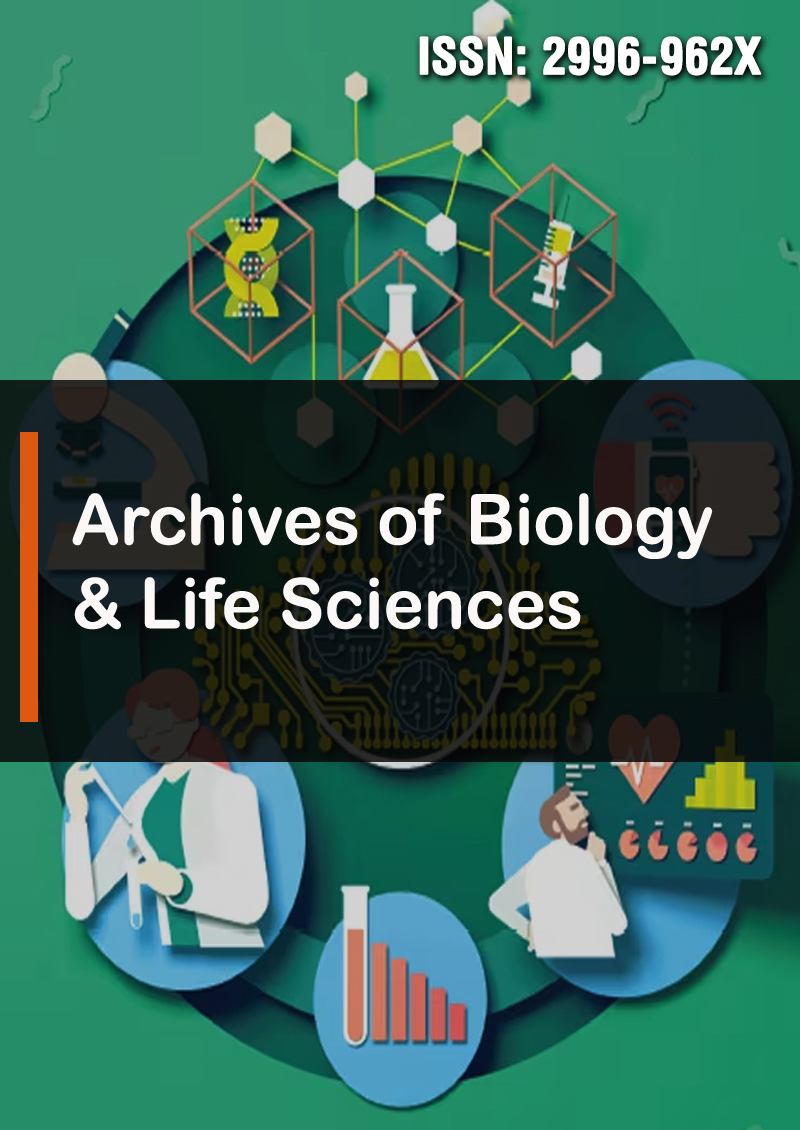Beyond the Double Helix: Unraveling the Intricacies of DNA and RNA Networks
Abstract
Mohammad Ahmad Ahmad Odah
Advancements in genomics and molecular biology have propelled our understanding of genetic information far beyond the iconic double helix structure of DNA. This comprehensive review delves into the intricate world of DNA and RNA networks, exploring the complexities that extend beyond the classical model. We investigate the dynamic interactions, regulatory mech- anisms, and functional implications of the broader genetic landscape, encompassing both coding and non-coding elements. From chromatin architecture to the diverse array of non-coding RNAs, this exploration seeks to provide a holistic perspec- tive on the multifaceted roles played by DNA and RNA in cellular processes. The three-dimensional organization of genetic material within the cell has emerged as a crucial determinant of cellular function. Chromatin architecture, comprising DNA, histones, and other associated proteins, plays a dynamic role in regulating gene expression. We delve into the intricate cho- reography of chromatin remodeling, deciphering the interplay between transcription factors, epigenetic modifications, and higher-order structures that modulate gene activity. The exploration of chromatin dynamics unveils a nuanced understanding of how the genome responds to environmental cues, cellular signals, and developmental processes. Moreover, the once-dis- missed non-coding portion of the genome has emerged as a key regulator of cellular function. Various classes of non-coding RNAs, such as microRNAs, long non-coding RNAs, and circular RNAs, have been implicated in diverse cellular processes, ranging from fine-tuning gene expression to modulating chromatin structure. The review critically examines the functional roles of these non-coding RNAs, shedding light on their involvement in cellular homeostasis, development, and disease. As I traverse this landscape beyond the double helix, our review synthesizes current knowledge on the intricacies of DNA and RNA networks. By exploring the regulatory mechanisms, functional implications, and emerging paradigms, we aim to inspire a deeper appreciation for the molecular choreography that underlies the cellular symphony of life. Furthermore, we discuss the implications of these findings in the context of disease, highlighting potential diagnostic and therapeutic avenues that arise from a comprehensive understanding of DNA and RNA networks. In doing so, this exploration not only broadens our theoret- ical understanding but also opens new frontiers for translational research in genetics and molecular medicine.



